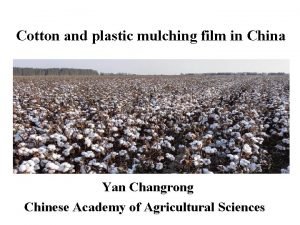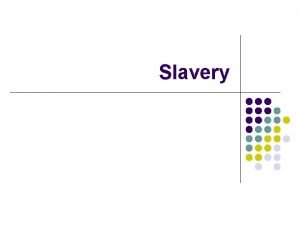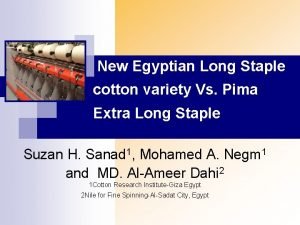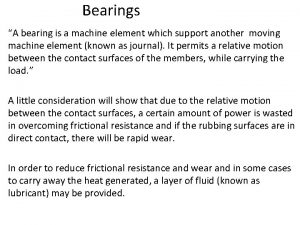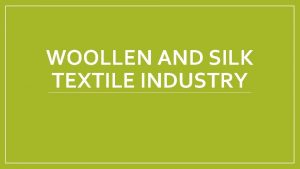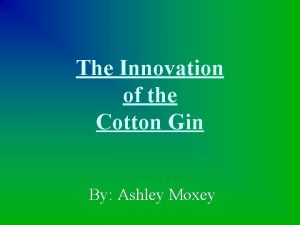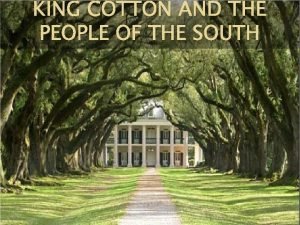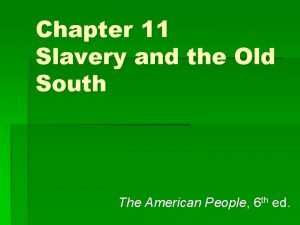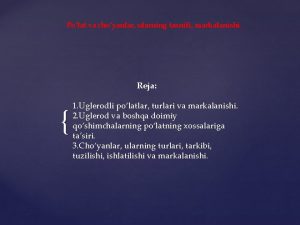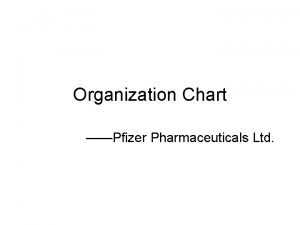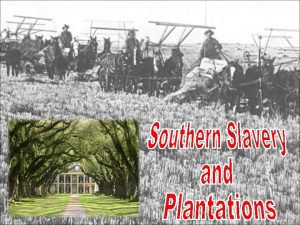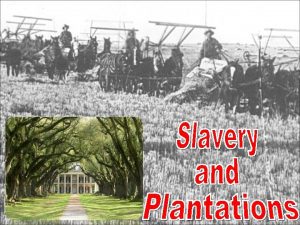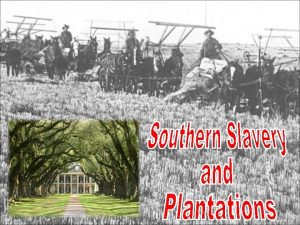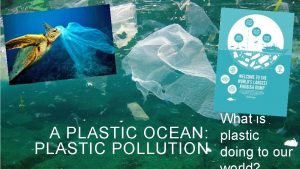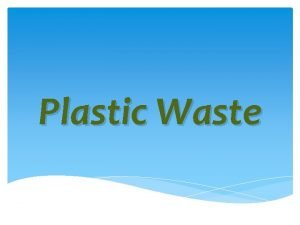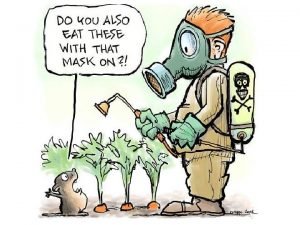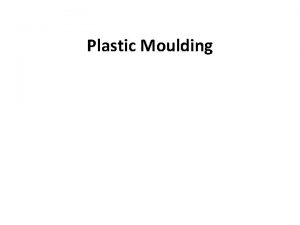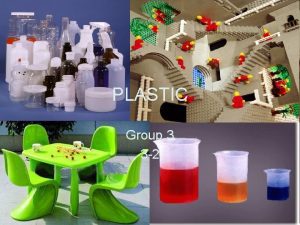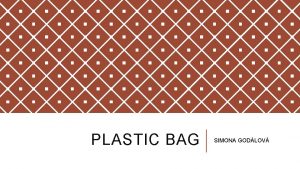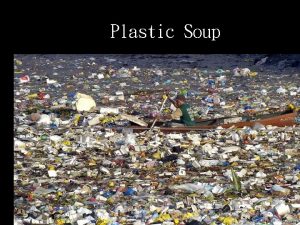Cotton and plastic mulching film in China Yan
















- Slides: 16

Cotton and plastic mulching film in China Yan Changrong Chinese Academy of Agricultural Sciences

Outline 1. Main cotton bases in China 2. The great change of cotton 3. What force to drive change of cotton 4. The P-film residual pollution 5. Conclusion

1. Main cotton bases in China Inland v Ri w lo l Ye asin B er e gtz n Ya ver Ri sin Ba

2. The great change of cotton The area and proportion of cotton in 3 main bases Inland Years Yellow River Basin Yangtze River Basin Area Proportion (103 ha) (%) 1971— 1980 15. 5 3. 7 181. 7 42. 3 180 44. 4 1981— 1990 31. 2 6. 1 293. 1 56. 5 156. 8 30. 2 1991— 2000 80 15. 7 224. 2 44. 1 159. 7 31. 4 2001— 2010 134. 8 26. 9 216. 9 41. 7 135. 2 26 2011— 2015 175. 8 39. 7 145. 2 31. 5 115. 4 25. 1

The cotton yield change in 3 major cotton bases (kg/ha) Base Name 1971 -1975 1976 -1980 1981 -1985 1986 -1990 1991 -1995 1996 -2010 2011 -2015 Inland 313. 5 321. 0 598. 5 846. 0 1168. 5 1335. 0 1936. 5 Yellow River Basin 390. 0 400. 5 712. 5 747. 0 618. 0 850. 5 1221. 0 Yangtze River Basin 457. 5 435. 0 759. 0 847. 5 928. 5 1032. 0 1261. 5 Average Yield 387. 0 385. 5 690. 0 813. 0 904. 5 1072. 5 1473. 0 Ø Since 1970 s, the yield of cotton in China has been growing steadily Ø the mulching film technology has played a vital role in improving cotton yield in China Ø the cotton yield in Xinjiang increased obviously, and showed a percentage of 157. 8% of that in the Yellow River Basins and 128. 0% of that in the Yangtze River Basin after 1996

3. What force to drive the change -P-film mulching? Factors Inland Yellow River Basin Yangtze River Basin Variety Same level Drought Mulching No problem Low T Mulching No problem Salinity Mulching No problem Disease Mild Serious Middle Weeds Mulching Labor Lessmulching More Comparative effectiveness High Low

The effect of plastic film mulching on cotton yield and WUE: water use efficiency Increasing ratio of WUE It means that p-film mulching cultivation contributes a lot for cotton yield Ø The increasing ration of cotton yield are 32. 0% (Inland) and 22. 9% (Yellow River Basin) Ø The WUE are increased by 78. 5% (Inland) and 29. 7% (Yellow River Basin)

The effect of mulching plus drip irrigation in Inland Crop Saving water(%) Increasing yield(%) Cotton 42. 0 32. 4 Ø Average diurnal T increase 2 -3℃ in early stage Ø High cotton yield and WUE Ø Low labor input -30 ha/ 1 person

Integrated programme for cotton planting

Broken soil crust for cotton seedling


What will happen of cotton planting area in future? The results of model prediction, showed that the cotton area will be relatively stable during the next 20 years, and the mulching cotton area will be between 2. 8 - 3. 0 million ha

4. The P-film residual pollution The film residual pollution of cotton field in the inland

Left up—Plastic film harvesting in Xinjiang Right up—Plastic film harvesting in Japan Right down—the cotton field harvested film Right down—p-film applied on tomato in Italy

5. Conclusion -No mulching, no cotton, no agriculture. Ø P-film mulching plus drip irrigation will be applied broadly in the inland bases, which is main force to drive the change of cotton. Ø Mechanization of cotton production any be heavy depend on in the future, and labor cost increase and shortage. Ø The planting area of cotton in the inland will be play key role, and another 2 bases will be shrunk. Ø P-film residual pollution will be more and more serious in the inland.

Thanks for your attention!
 China plastic mulching sheet
China plastic mulching sheet Cotton on the roadside cotton in the ditch
Cotton on the roadside cotton in the ditch Giza cotton vs pima cotton
Giza cotton vs pima cotton Wedge film journal bearing
Wedge film journal bearing Woollen textile industries
Woollen textile industries Effects of gin
Effects of gin Comfort devices bed cradle
Comfort devices bed cradle Ronald cotton and bobby poole
Ronald cotton and bobby poole Chapter 14 lesson 4 people of the south
Chapter 14 lesson 4 people of the south King cotton and life in the south
King cotton and life in the south Chapter 11 cotton slavery and the old south
Chapter 11 cotton slavery and the old south Chapter 11 cotton slavery and the old south
Chapter 11 cotton slavery and the old south Advantages and disadvantages of plastic bags
Advantages and disadvantages of plastic bags Yan oi tong tin ka ping secondary school
Yan oi tong tin ka ping secondary school Termal konfor şartlarını etkileyen yan faktörler
Termal konfor şartlarını etkileyen yan faktörler Cho'yan nima
Cho'yan nima Pfizer organization chart
Pfizer organization chart
